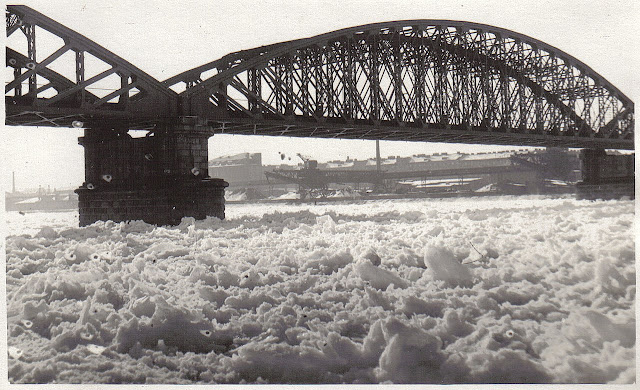Not Enough Evidence to Link Ice Flow to Passing Ship
Andrie LLC v Bluewater Ferry Limited is an interesting case. In short, Bluewater owned a ferry terminal on the St. Claire River. On the morning of January 11, 2018, the facility was damaged by ice flowing down the river. On the same morning, a convoy of five vessels, led by an icebreaker, steamed down the St. Clair River and passed by the ferry company’s facilities. Bluewater alleged the ice flow was caused by the vessels and sued them. The question for the Court was whether there was sufficient evidence to conclude that the convoy caused the ice flow, and if so, whether the vessels were liable to Bluewater.
The Court concluded that there was insufficient evidence to link the ice flow to the ships:
“The evidence in the record leads me to conclude, on a balance of probabilities, that the passage of the convoy on January 11, 2018, did not cause the pieces of ice to dislodge and ultimately damage the Causeway. Having so concluded, the Shipowners’ motion for summary judgment is granted, and Bluewater’s cross-motion for summary judgment is dismissed.”’
The Court reached its conclusion on the basis that "correlation is not to be confused with causation". In particular, Justice Rochester stated that:
[81] One can fully appreciate the reaction of Bluewater that the activity on the river, namely the passage of the vessels, must be linked to the dislodgment of the ice along the Canadian shoreline. Indeed, that was the impression of one of the two residents of Sombra who noted the passage of the vessels on the American side of the river and witnessed the Causeway being impacted by pans of ice floating downstream.
[82] The difficulty for Bluewater, however, lies in the failure of either experts to identify a likely or probable cause of the dislodgment of the ice based on their expertise and the material provided to them. The expert reports in the present case are fatal to Bluewater’s claim.
[83] Captain Hearn, the expert instructed by the Shipowners, concluded that the available evidence did not permit him to identify the cause of the flow of ice that damaged the Causeway. Captain Hearn agreed with Captain McCann that there was a possibility that frequent convoy activity over several days combined with warmer temperatures and higher water levels could have weakened some areas of the Fast Ice extending from the Canadian shoreline. Nevertheless, it was Captain Hearn’s opinion that even if that was the case, there was no clear evidence that it was the passage of the CCG Risley and the convoy that caused the ice flow that damaged the Causeway.
[84] Captain Hearn further opined that, save for the tongue of ice upriver of the Causeway, the vessels were operating either in open water, light Brash Ice, or a groomed channel filled with Brash Ice. The vessels were operating within the speed limits of the St. Clair River when approaching and passing the Causeway. It is Captain Hearn’s opinion that even if the Fast Ice was soft and fractured on the Canadian side of the river, given the distance of the vessels to the Canadian shoreline and the extent of the ice coverage, any course alterations or movements by the vessels on the American side would have crushed or broken ice rather than “shifting enormous ice floes entirely to the extent that they moved against the causeway”.
[85] Captain McCann, the expert instructed by Bluewater, concluded that given there was in fact ice movement on January 11, 2018, “you cannot rule out that the ice breaker escort may have contributed to this incident”. Captain McCann did raise several possibilities, namely frequent convoy activity over several days and environmental factors, and opined that “[i]f indeed the ice was dislodged or weakened along the shoreline that the combined mass and hydrodynamics of a five-vessel convoy along with other environmental factors could have influenced the movement of the ice along the shoreline” [emphasis added].
[86] Taking both expert reports into account, along with the other evidence before me, I find that the evidence is insufficient to conclude, on a balance of probabilities, that the convoy caused pieces of ice to dislodge and float downriver damaging the Causeway and/or caused the movement of ice which damaged the Causeway. While there is a correlation generally between the timing of the passage of the convoy and the damage to the Causeway, correlation is not to be confused with causation.
The case can be found here.
